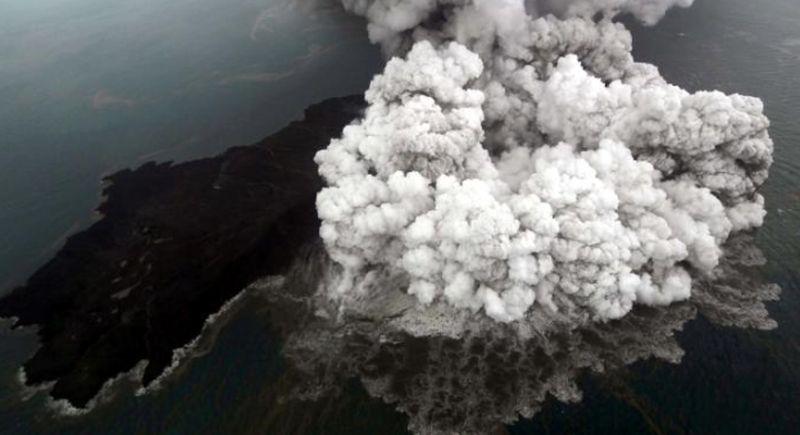Rescuers hunted for survivors and victims under the rubble of hundreds of hotels and houses flattened by a deadly tsunami along Indonesia’s Sunda Strait, with authorities warning the death toll may climb from the 373 already confirmed.
Most of the victims were local holidaymakers staying in the hotels and bungalows along the popular beaches in Lampung and Banten provinces, according to the National Disaster Mitigation Agency. More than 1,450 people were injured and dozens are missing after tsunami waves lashed the provinces late on Dec. 22, the agency said.




